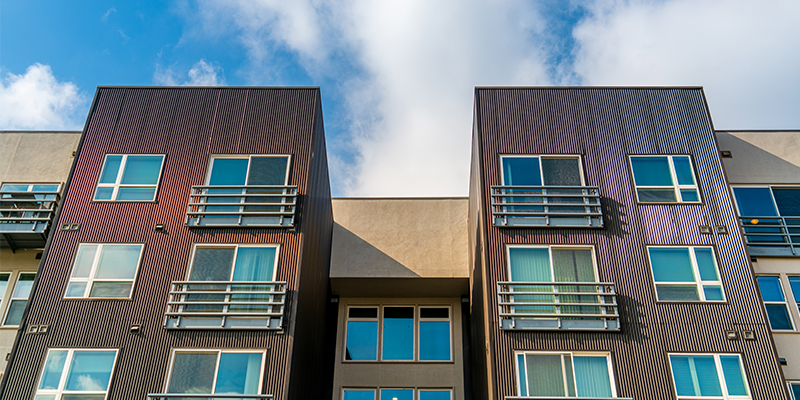Nationwide, commercial property is experiencing a significant shift in the makeup of the brick-and-mortar retail market. The COVID-19 pandemic has repeatedly taught us that convenience is king, and although we have somewhat returned to our pre-pandemic routines, online ordering, delivery services, and omnichannel distribution are all continuing to thrive.
While some traditional retail shops are downsizing their space or even shifting to digital storefronts to better serve their customers, an interesting class of new retail tenants, called “medtail,” is drawing new customers to shopping centers. While the increased foot traffic is a boon to commercial property owners seeking to fill retail space, this growing class of retail also brings unique challenges to lessors.
The Rise of Medical Retail
“Medtail,” short for “medical retail,” is a rapidly growing addition to the retail tenant mix. Dermatologists, physical therapists, medical spas, and even imaging services and urgent care centers are now occupying retail space once held by more traditional retailers. Growing consumer expectations for convenience are one source of medtail’s increasing popularity. Another cause is our nation’s aging baby boomer population. As our largest generation ages and life expectancies increase, demand for convenient health care solutions continues to grow.
While much of the nation is just beginning to experience this trend, Southwest Florida has long been a medtail mecca. Thanks to a population 13 years older than the national average, the region is no stranger to these medical-retail hybrids.
For landlords, medtail tenants bring foot traffic to shopping centers and variety to a tenant mix. However, health care-oriented tenants have specialized needs, and property owners must be prepared to meet the expectations of their medical lessees.
Medtail Tenant Needs
In many cases, improving a space for a medical retail tenant may be cost-prohibitive. Landlords should consider several specific needs when considering leasing to a medtail tenant. Barrie Scardina, Cushman & Wakefield’s retail services leader for the Americas, outlines several factors:
Waste Disposal
The disposal of medical waste requires special pickup services, and these waste products must be kept separate from general waste. Medtail leases must address responsibility for medical waste pickup as well as any insurance issues that may result from potential contamination issues.
Structural and Weight Constraints
Imaging and advanced diagnostic equipment may require different floor load factors to accommodate the weight of these items. Additionally, imaging equipment may require reinforced walls, and labs may require specialized ventilation.
Electrical and Plumbing Needs
Surgery centers and facilities that conduct similar procedures require a backup generator and may also utilize an additional electrical feed. Facilities used for heavy medical purposes need a sink in each examination room, and typically have separate staff and patient restrooms.
Life Safety Systems
It is not uncommon for medical facilities to require more robust fire and life safety systems than standard retailers.
Co-tenancy Clauses
Medtail brands want to ensure that they project a healthful image. They will typically avoid being located near tenants like tobacco shops or liquor stores, and may seek a co-tenancy clause to ensure their health-conscious image is protected.
Because of the above factors, tenant improvements can be very pricey for medical retail uses. “Depending on the healthcare entity signing the lease, they could have very high tenant improvement allowance demands,” explains Scardina. “$50 to $75 per square foot is standard in a medical office building, but their total cost could run between $200 and $300 per square foot for standard health care uses.”
While the medtail trend may not be new to Southwest Florida, where our company is located, we anticipate that this sector will continue to grow as our desire for convenience in all areas of our lives matures.








